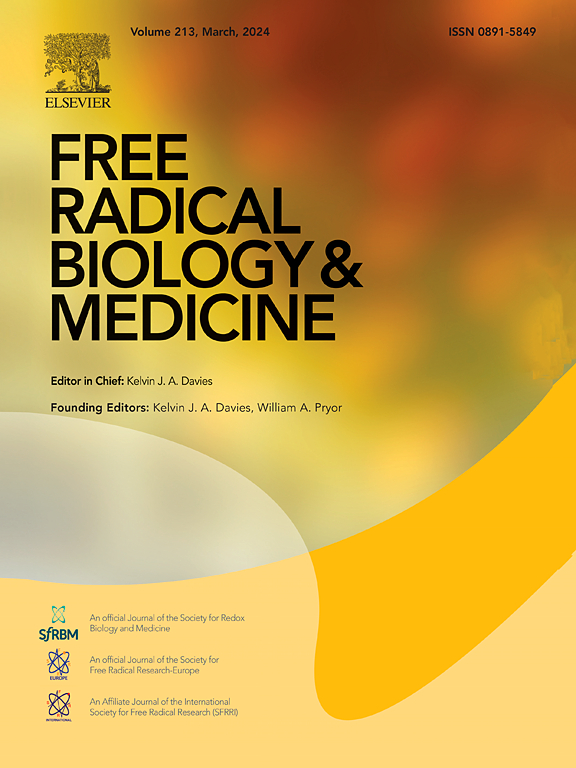Exosomes inhibit ferroptosis to alleviate intervertebral disc degeneration via the p62-KEAP1-NRF2 pathway
IF 7.1
2区 生物学
Q1 BIOCHEMISTRY & MOLECULAR BIOLOGY
引用次数: 0
Abstract
Ferroptosis, an iron-dependent form of regulated cell death, has been reported to affect the activity of nucleus pulposus (NP) cells in the intervertebral disc (IVD), thereby contributing to intervertebral disc degeneration (IVDD). Exosomes (EXOs), extracellular nanovesicles that participate in intercellular communication, are potential therapeutic options for IVDD. Interestingly, while EXOs play an important role in inhibiting ferroptosis, whether EXOs from mesenchymal stem cells (MSCs) modulate the progression of IVDD through regulating ferroptosis is unclear. To reveal the role of ferroptosis in IVDD, IVD tissues with varying degrees of degeneration were collected and abnormal expression of ferroptosis markers was detected. Ferroptotic death was observed in TBHP-induced NP cell death in vitro, which can be specifically inhibited by the ferroptosis inhibitors DFO and Fer-1. Interestingly, MSC-derived EXOs alleviated TBHP-induced or RSL3-induced ferroptosis and rescued NP cell degeneration. Mechanistically, either an NRF2 inhibitor or p62 knockdown dampened the inhibitory effects of EXOs on ferroptosis, suggesting that EXOs attenuated oxidative stress-induced ferroptosis in NP cells by regulating the p62/KEAP1/NRF2 axis. Moreover, EXOs effectively alleviated IVDD in an in vivo rat model. The current study revealed that ferroptosis is associated with the development of IVDD. MSC-derived EXOs slowed IVDD progression by inhibiting NP cell ferroptosis through the p62/KEAP1/NRF2 signaling pathway, suggesting that EXOs are a potential therapeutic option for IVDD.

求助全文
约1分钟内获得全文
求助全文
来源期刊

Free Radical Biology and Medicine
医学-内分泌学与代谢
CiteScore
14.00
自引率
4.10%
发文量
850
审稿时长
22 days
期刊介绍:
Free Radical Biology and Medicine is a leading journal in the field of redox biology, which is the study of the role of reactive oxygen species (ROS) and other oxidizing agents in biological systems. The journal serves as a premier forum for publishing innovative and groundbreaking research that explores the redox biology of health and disease, covering a wide range of topics and disciplines. Free Radical Biology and Medicine also commissions Special Issues that highlight recent advances in both basic and clinical research, with a particular emphasis on the mechanisms underlying altered metabolism and redox signaling. These Special Issues aim to provide a focused platform for the latest research in the field, fostering collaboration and knowledge exchange among researchers and clinicians.
 求助内容:
求助内容: 应助结果提醒方式:
应助结果提醒方式:


